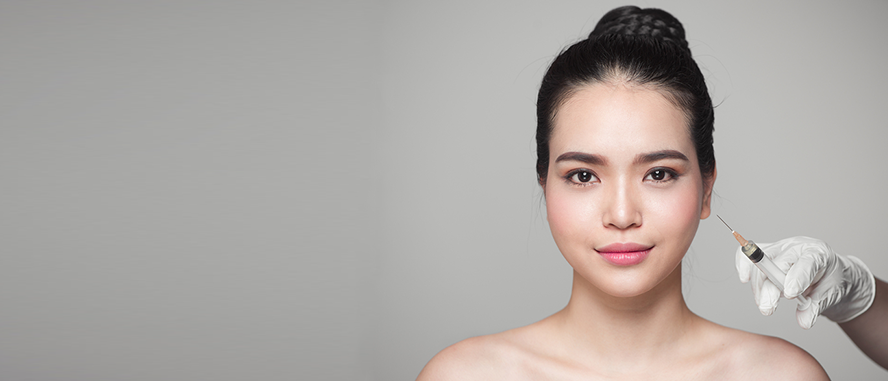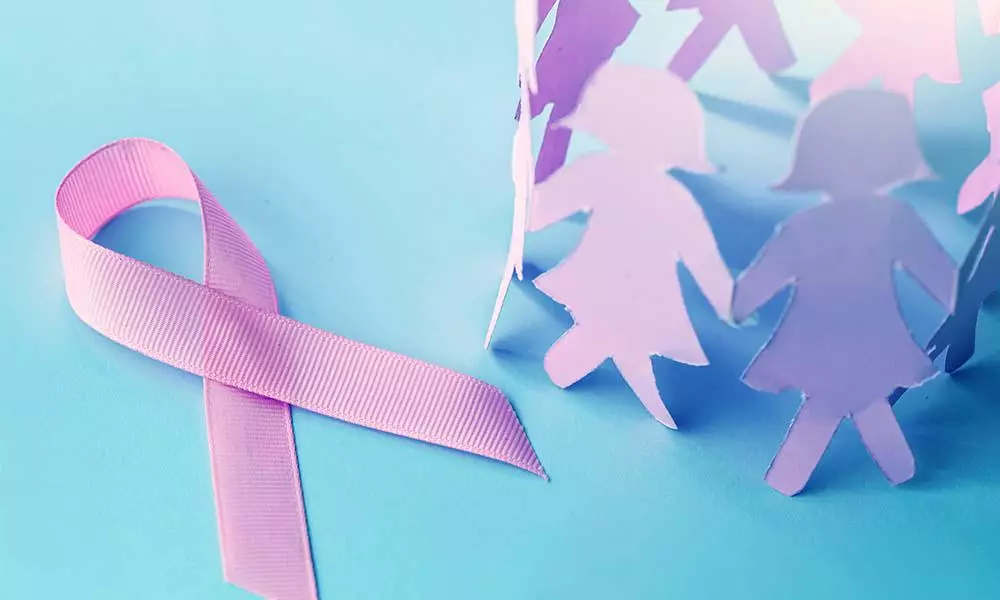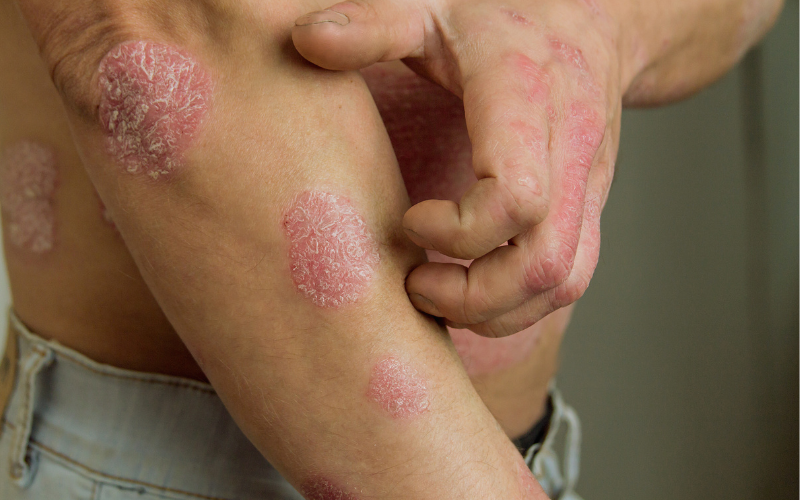During Breast Cancer Awareness Month, the team at Sanctuary Medical Aesthetic Center thought it was an appropriate time to discuss some little-known links between breast and skin cancer, as well as some important melanoma prevention tips and scar removal options for those who have experienced breast cancer treatment.
What’s the Connection between Breast Cancer and Skin Cancer?
Studies have shown that there is a genetic link between breast cancer and melanoma. Women who have had breast cancer are more likely to develop melanoma – a type of skin cancer – than women who have not had breast cancer. The inverse is also true: women who have had melanoma are more at-risk for also developing breast cancer.
Fortunately, we now know much more about early detection of both breast cancer and melanoma than in the past, and there are a number of preventative measures that you can take to help you stay healthy.
Board-certified dermatologist Dr. Allison Schwedelson explains that “there is a gene called BRCA2 that is known as a breast cancer predisposition gene, where there is an increased risk of melanoma.
“Additionally, carriers of mutations in the melanoma susceptibility gene, called CDKN2A, exhibit a higher risk of breast cancer.”
Thus, if you have had breast cancer, taking care of your skin and protecting it from the sun is especially important in order to lower your elevated risk of skin cancer.
What Can You Do to Reduce Your Risk of Melanoma?
According to Dr. Schwedelson, following these four important steps can help to lower your risk of melanoma and detect it early so that treatment is most effective:
- Ask your physician about genetic testing for this marker that can be done with a blood test if you think that this may run in your family.
- Wear sunscreen daily, do not get sunburned, and never use a tanning bed.
- Get skin exams once a year from a board-certified dermatologist.
- Do a monthly self skin exam, where you are looking for anything new, changing, or unusual – the ABCDEs of melanoma.
“Early detection of melanoma greatly improves survival,” says Dr. Schwedelson. “Trust your gut and never ignore something that you think needs to be checked.”
Laser Scar Treatment after Breast Cancer Treatment
Following breast cancer treatment, some women are bothered by the appearance of scars. There are many types of laser skin treatments that can greatly improve the appearance of scarring, though not all scars can be removed completely.
Dr. Schwedelson explains that there isn’t a single “best” laser that treats all scars. Instead, “the laser is chosen based on the qualities of the scar. Is the scar red, brown, or white? Is the scar thickened? The details matter, and the laser should be tailored to the scar.”
One of the most common questions that women ask about laser scar removal is, “How long after breast cancer treatment do I need to wait to start laser scar removal?”
According to Dr. Schwedelson, there are different opinions about when the best time to start laser scar treatments is, and scars almost always improve with time. “You should have a consultation with a board-certified dermatologist or plastic surgeon to discuss your options,” says Dr. Schwedelson.
Next Steps
If you don’t already see a board-certified dermatologist at least once per year, you’ll want to find a provider in your area and establish an annual routine to help detect the first signs of melanoma early.
If you are considering laser scar removal after breast cancer treatment, work with a board-certified dermatologist or plastic surgeon to determine what type of laser treatment could be best for your specific situation.
Contact Sanctuary Medical Aesthetic Center online or call our Boca Raton & Fort Lauderdale office at 561-886-0970 to make an appointment with one of our highly-skilled skincare professionals today.





































































